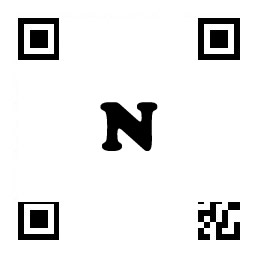规格
|
|
Assay Entry:
|
Cell-based beta lactamase reporter gene |
|
Cell Line:
|
HCT-116 |
|
Cell State:
|
Dividing Cells |
|
Druggable Target:
|
Signaling Pathway |
|
Product Line:
|
CellSensor™ |
|
System Type:
|
CellSensor™ |
|
Target Entry:
|
Myc pathway, MYC |
|
Detection Method:
|
Fluorescent |
储存
|
CellSensor® Myc-bla HCT116 cells are shipped on dry ice.
Store in liquid nitrogen immediately upon receipt, or thaw for immediate use. |
The CellSensor™Myc-bla HCT116 cell line contains a beta-lactamase reporter gene under the control of Myc binding sequences. The construct was transduced into HCT116 cells using a lentiviral system. HCT116 is a colon cancer cell line which expresses a mutated form of beta-catenin. This form of beta-catenin leads to the accumulation of beta-catenin and constitutive activation of downstream genes such as Myc. This cell line is a clonal population isolated by flow cytometry. It has been validated for cell plating density and DMSO tolerance. The signaling pathway has been validated using RNAi against c-Myc and ICG-001, an inhibitor of the wnt-beta-catenin pathway. The expression of the mutant beta-catenin in HCT116 cells results in constitutive activation of beta-lactamase in this CellSensor™line, which can be knocked down by ICG-001 (Figure 1) or Myc RNAi (Figure 2).



























 微信小程序
7X24小时在线咨询
微信小程序
7X24小时在线咨询